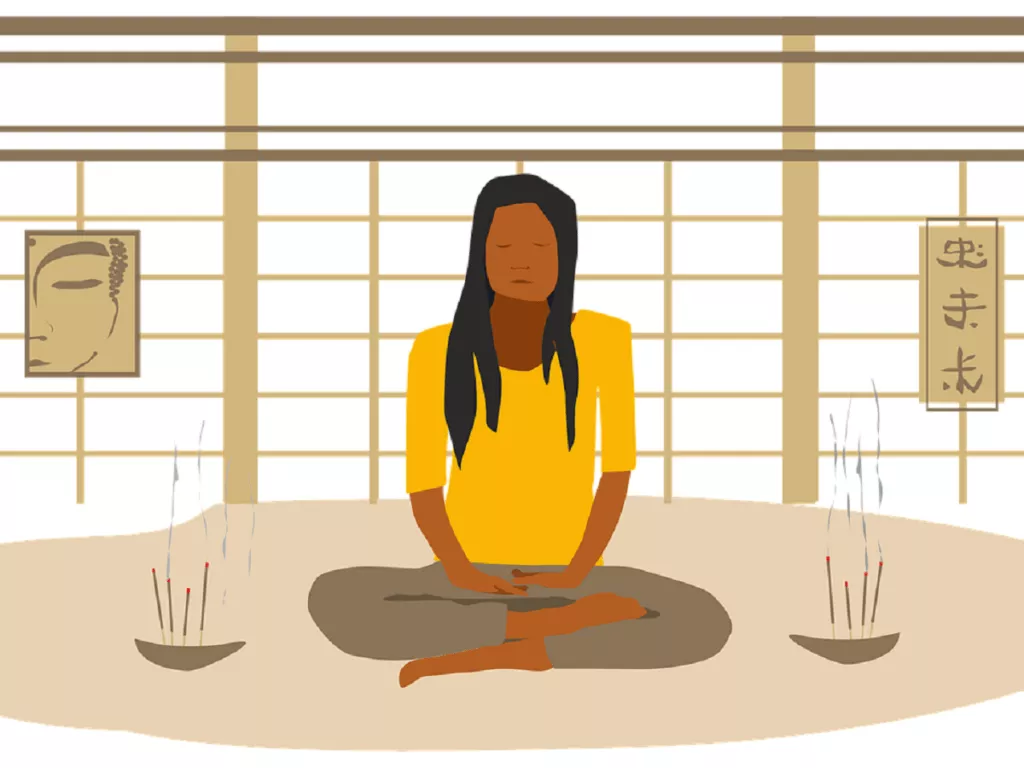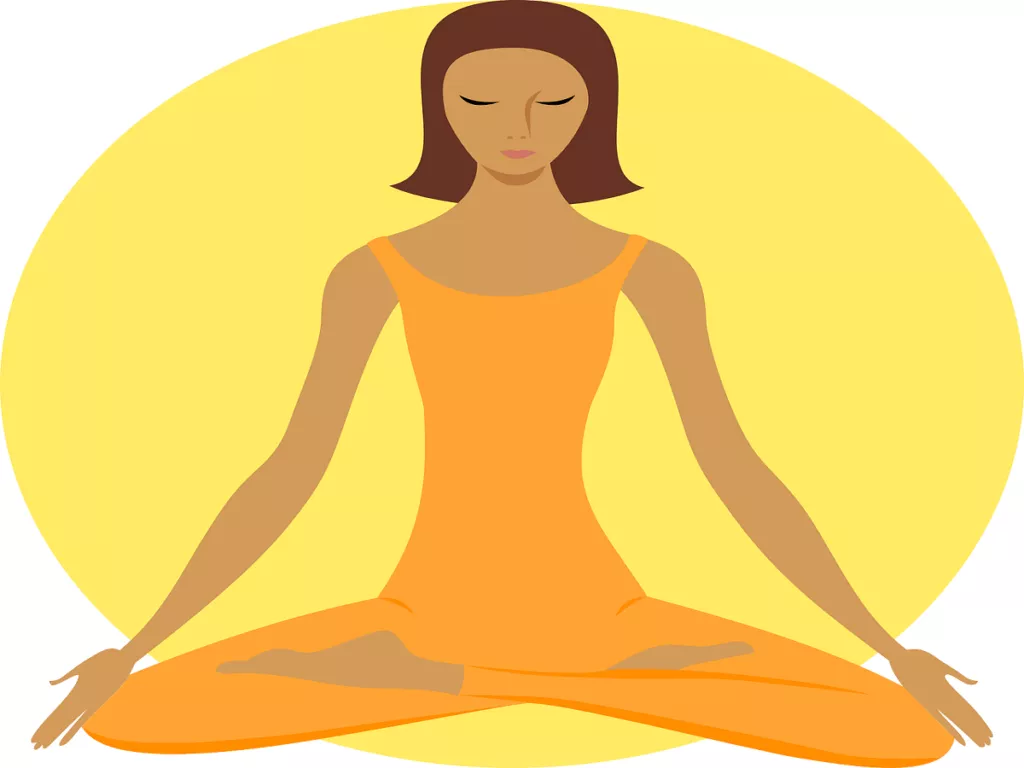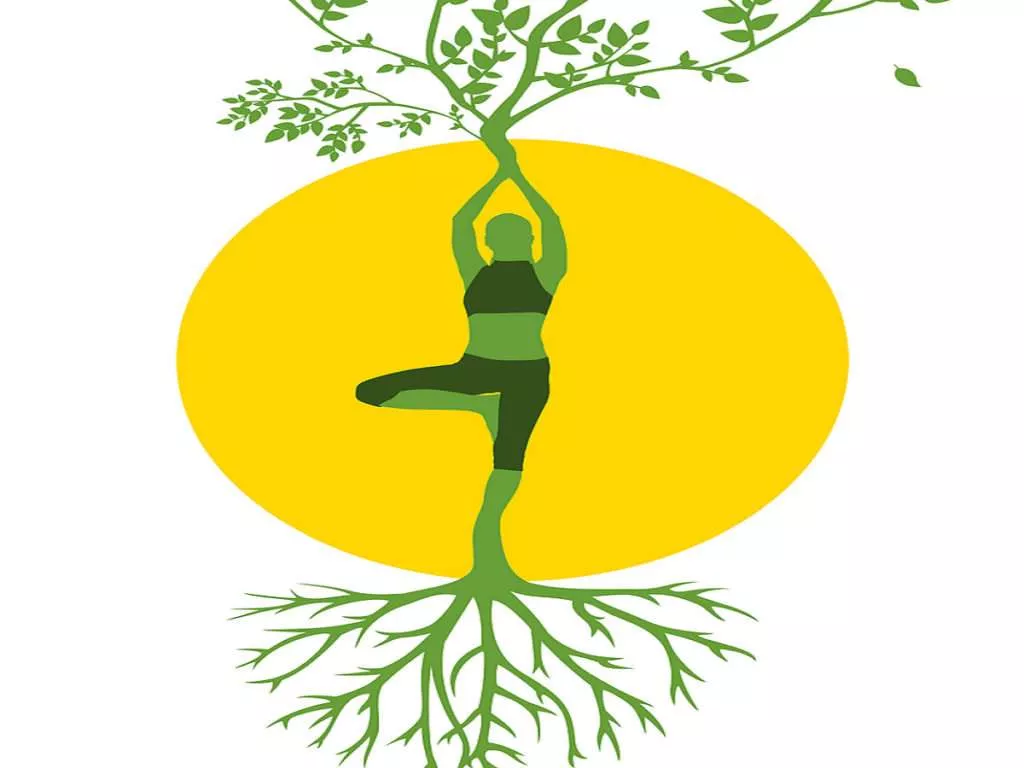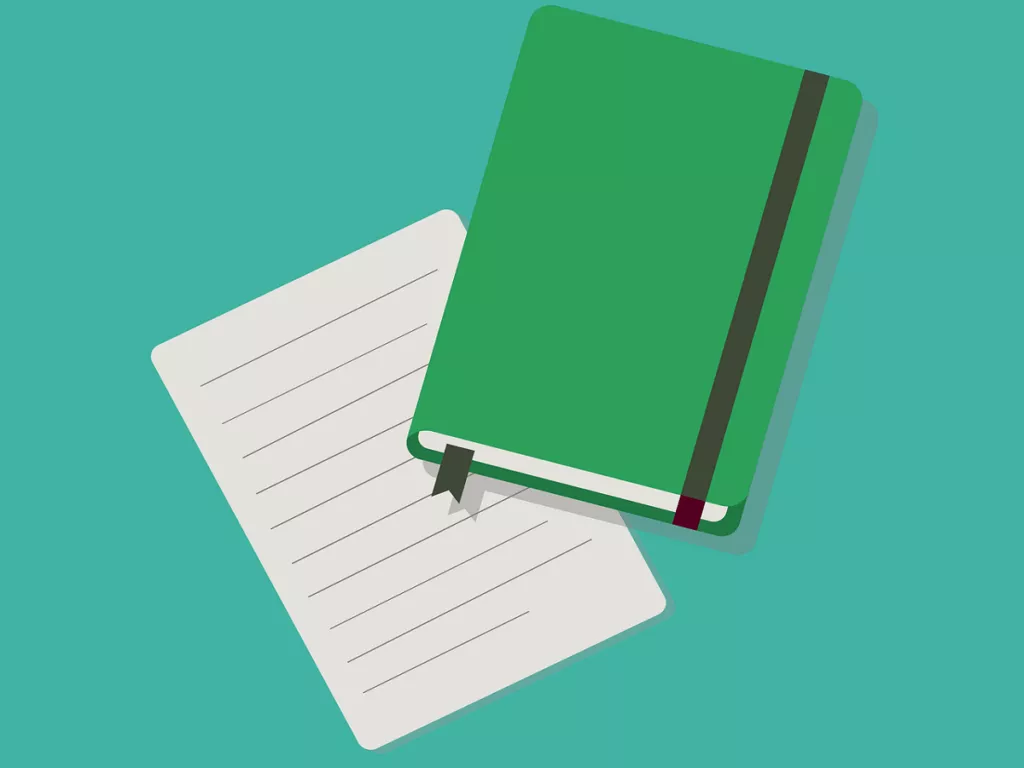7 Powerful ways to have a Calm Mind and Find Inner Peace

Do you want to learn how to calm your mind and develop inner peace? It might be difficult to maintain your patience and calm in the presence of the mess of modern life because of its fast pace. To help you attain a sense of calm and well-being, there are simple yet powerful techniques you may implement into your daily schedule. These practices, which range from gratitude exercises to meditation, have been demonstrated to lower anxiety and increase mental clarity. In this post, we’ll look at seven of the most effective techniques for maintaining a calm mind. So let’s learn how to practice inner peace and calm in your daily life.
1. Practice mindful breathing and have a calm mind

The practice of mindful breathing means paying careful attention to your breath. This technique has been proven to help in mind-calming, stress relief, and well-being improvement. You may create a stronger feeling of awareness and mindfulness in the present moment by concentrating on the sensation of the breath going in and out of your body.
Choose a calm, comfortable place where you may sit or lie down and start practicing mindful breathing. Take a few long, deep breaths while closing your eyes, breathing in through your nose and out through your mouth. After that, let your breath resume its regular pattern and concentrate on how your body feels as it inhales and exhales.
Feel the air expanding in your chest and filling your lungs as you inhale. Feel your muscles relaxing and tense down as you exhale. If your mind wanders gently and without judgment bring them back to your breathing.
Key points of mindful breathing
- Stress, anxiety, and depression may all be reduced with the use of mindful breathing.
- It has been proven that practicing mindful breathing enhances mental flexibility and emotional control.
- The body’s inflammation can be decreased and heart health can be improved through mindful breathing.
- Wherever, at any time, you may practice the simple method of mindful breathing.
2. Visualization for a calm mind

Using your mind to create pictures of a peaceful environment or positive memories is a method called visualization. This technique has been shown to improve mind-calming, anxiety reduction, and well-being promotion. You may turn your attention away from bad thoughts and emotions by concentrating on happy ideas and sensations.
Choose a calm, peaceful area where you may sit or lie down and perform visualization exercises. Take a few deep breaths and close your eyes to let your body unwind. Then, picture yourself in a peaceful environment, like a beach or a forest. Use all of your senses to create a detailed mental image of the scene. Think about how the beach would feel under your toes or how the trees would smell.
Let yourself become comfortable and calm as you concentrate on the peaceful scene. If your mind wanders, kindly and without objection guide it back to the vision.
Benefits of visualization.
- Stress, anxiety, and sadness may all be reduced by visualization.
- Cognitive ability and emotional control may both be enhanced through visualization.
- Athletic performance can be enhanced through visualization.
- Injury recovery might go more quickly with visualization.
- Every day, spend a few minutes closing your eyes and visualizing a calm environment. it will help you to calm your mind.
Try setting out a short period of time each day to concentrate on a peaceful landscape or satisfying memory to include visualization into your regular routine. This may be done prior to going to bed or while standing in line or at your desk. Visualization may become a powerful technique for gaining emotional stability and inner peace with frequent practice.
3. Meditation for a calm mind

Mental clarity, emotional balance, and mental happiness can all be attained via meditation. According to studies, regular meditation practice can significantly lower stress, anxiety, and depressive symptoms. Meditation can assist us in growing a deeper feeling of awareness and inner peace by helping us to quiet the mind and concentrate on the present moment.
It is advised that beginners start with just a few minutes of practice each day and gradually expand the duration as they become more relaxed. Choose a peaceful, comfortable location where you won’t be bothered, and schedule a regular time each day to practice meditation. Just paying attention to your breath, counting each inhalation and exhalation, and letting go of any distracting ideas might be a good place to start.
You can experiment with various meditation methods, such as guided meditations or visualization exercises, as you get more used to your practice. Incorporating mindfulness techniques into your daily life, such as paying attention to your surroundings and being completely present at the moment, is also effective.
Important facts about meditation
- Be open and curious while approaching meditation.
- In meditating, avoid expectations or judgment.
- Keep in mind that mastering the art of meditation requires both time and patience.
- It’s possible that the advantages of meditation take time to manifest.
- To benefit from meditation, regular practice, and commitment are required.
- Developing inner calm, emotional balance, and general well-being may be accomplished with the help of meditation.
4. Regular exercise will help you to keep calm your mind

Daily exercise is essential to living a healthy lifestyle for both physical and mental well-being. Exercise has been demonstrated to significantly lower stress, anxiety, and depressive symptoms. As we exercise, our bodies release endorphins, which are natural mood enhancers that can help lessen feelings of tension and worry.
Regular exercise benefits
- The release of neurotransmitters that enhance emotions of well-being is enhanced by exercise.
- Exercise raises serotonin levels, which are related to better moods.
- The brain develops throughout time as a result of exercise.
- Exercise on a regular basis helps with focus, memory, and cognitive function.
Yoga, weight training, and aerobic exercise are just a few of the several forms of exercise that may improve physical and mental health. The secret is to choose an activity you like and can stay with for a long time. All types of exercises, including jogging, weightlifting, and yoga, can help you lower stress and enhance your general well-being.
Tips to get more benefits with exercise for a calm mind.
- Finding a balance is essential to maximizing the advantages of exercise.
- It’s crucial to challenge yourself without going overboard or being worn out.
- Exercise intensity and duration should be progressively increased after a slow start.
- Pay attention to your body’s signals and take rest days as needed to prevent exhaustion or damage.
- It’s crucial to keep up a balanced diet and get enough sleep to help with healing and development.
- You may attain a well-rounded workout regimen by including flexibility, cardio, and strength training activities.
5. Calm your mind and find inner peace with Yoga

Yoga is a holistic exercise that incorporates physical activity with breathing exercises, meditation, and other relaxation techniques. Although the practice has been performed for thousands of years, it has recently become more popular as a result of the many advantages it offers to both physical and mental health.
Flexibility, strength, and balance are all enhanced through the asanas, or physical postures, used in yoga. Also, they assist in easing physical tension, lowering stress levels, and enhancing circulation. Yoga pranayama, or breathing techniques, are used to relax the mind and lessen anxiety. Yoga’s meditation practice aids in developing inner calm, attention, and awareness.
The key advantages of yoga
- Stress, anxiety, and sadness can all be decreased by yoga.
- One of the advantages of regular yoga practice is better to sleep.
- Also, regular yoga practice might enhance cardiovascular and immune system health.
- There is evidence that yoga enhances cognitive function.
- With consistent yoga practice, chronic pain can be minimized.
Tips for Yoga beginners
- The secret to optimizing the advantages of yoga is consistent practice.
- It’s crucial to choose a type of yoga that works for you and your interests.
- Yoga may be done in a variety of ways, from gentle to vigorous, so it’s vital to pay attention to your body and adjust positions as necessary.
- Beginners should enroll in introductory classes or seek advice from an experienced teacher.
- It’s essential to practice yoga in a secure setting with the right equipment and clothes.
6. Find your inner peace by Journaling

Writing down your thoughts and emotions in a personal notebook or diary is a technique known as journaling. This technique has been proven to help lower stress, enhance mental clarity, and develop a sense of well-being. Writing down your thoughts and feelings might help you process challenging emotions and gain insight into your experiences.
Choose a space that is calm and comforting where you may journal without interruptions. Start writing about anything that is on your mind after setting a timer for 10 to 15 minutes. You shouldn’t restrict yourself or care about your grammar or spelling. Everything that appears to mind, no matter how minor or challenging, should be written down.
Let yourself experience your feelings and investigate your thoughts while you write. Try to recognize any thought patterns or situations where you could be stressed or anxious. Go back on your experiences and develop coping mechanisms for challenging feelings or circumstances.
Tips and benefits of journaling
- Moreover, journaling can enhance immunological response and mental control.
- It might be beneficial to write down your ideas and feelings to increase self-awareness and problem-solving skills.
- It is advised to keep a diary on a regular basis and to select a calm, comfortable place to write.
- There are many various kinds of journaling, including gratitude journals and free-writing exercises.
- It’s important to keep in mind that keeping a diary is a private activity, and there is no right or wrong way to go about it.
- See a therapist or counselor for advice if you are having trouble starting or keeping up a journaling habit.
If you want to include journaling into your daily routine, consider setting up a short period of time each day to think back on your experiences and express your ideas and feelings in writing. This may be done in the morning, right before night, or whenever you have a break. Writing in a diary on a daily basis might help you find emotional stability, inner peace, and a calm mind.
Related Article – 7 Self-Care Practices that Help to Keep Your Mind Calm Even You are Busy
7. Gratitude practice will help you to calm your mind and find your inner peace

A gratitude practice requires intentionally concentrating on the positive aspects of your life and developing gratitude for them. It has been shown that this technique can assist you to change from a negative to a positive frame of mind and enhance your general well-being. You may develop a sense of happiness and delight by concentrating on what you already have rather than what you don’t.
Spend a few minutes every day thinking about your achievements as a way to develop gratitude. Anything from a helpful friend to a lovely sunset maybe this. Write down three things you value, then analyze why they mean anything to you. Think about the people, occasions, and things that make you happy and fulfilled.
Let yourself experience the pleasant feelings that come with appreciation as you practice gratitude. See how your attitude and disposition change as you give your life’s positive qualities more attention. Recognize any bad sensations or ideas that come up, then turn your focus back to what’s good.
According to research, practicing gratitude has several advantages for both physical and mental health. It can strengthen the immune system, lessen stress, and encourage restful sleep. Also, it can strengthen bonds and promote compassion and understanding.
Take a few minutes each day to think about your achievements in order to include gratitude practice into your regular routine. This may be done in the morning, right before night, or whenever you have a break. Gratitude may become a habit that keeps you relaxed, calm your mind, and hopeful consistent practice.
Finally, obtaining a sense of peace and calm in the fast-paced world of today can be a challenging task. Even though, you may achieve a state of calm and inner peace by combining small but powerful strategies into your everyday routine. The seven techniques we’ve looked at—meditation, yoga, mindful breathing, visualization, journaling, and gratitude practice—are effective methods for minimizing stress and anxiety, improving mental clarity, and boosting mental well-being. Making these routines a part of your day will help you develop a calm, controlled mind that will allow you to experience life to the fullest.
Related Article –[Vegan Lifestyle + Yoga] What is Pure Vegan & Vegan yoga?

![[Vegan Lifestyle + Yoga] What is Pure Vegan & Vegan yoga? 12 What is pure VEGAN and Vegan yoga](https://www.uwomind.com/wp-content/uploads/2022/11/What-is-pure-VEGAN-and-Vegan-yoga.webp)
